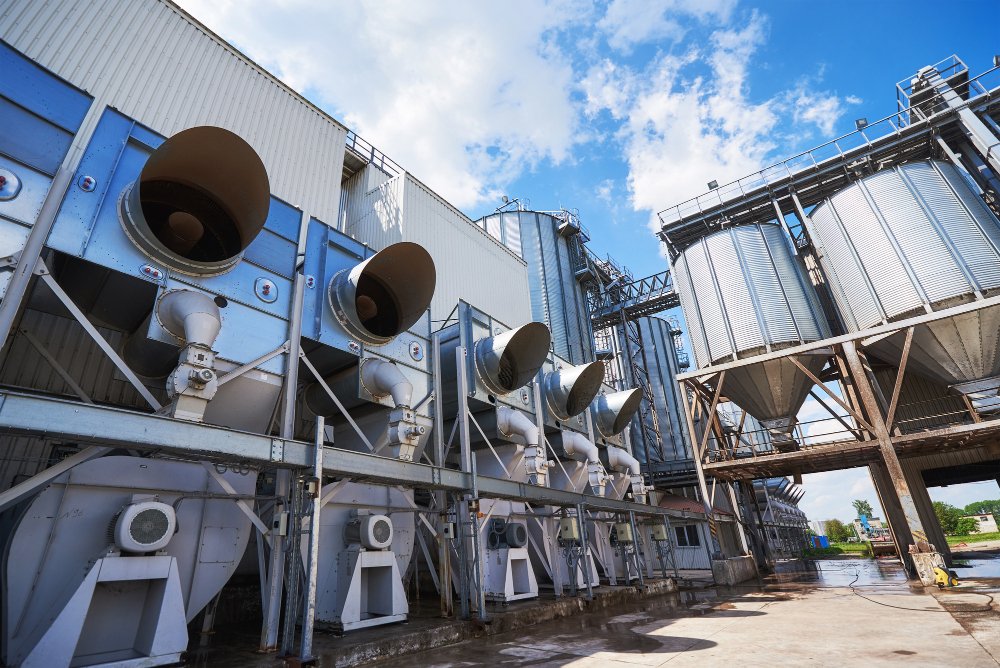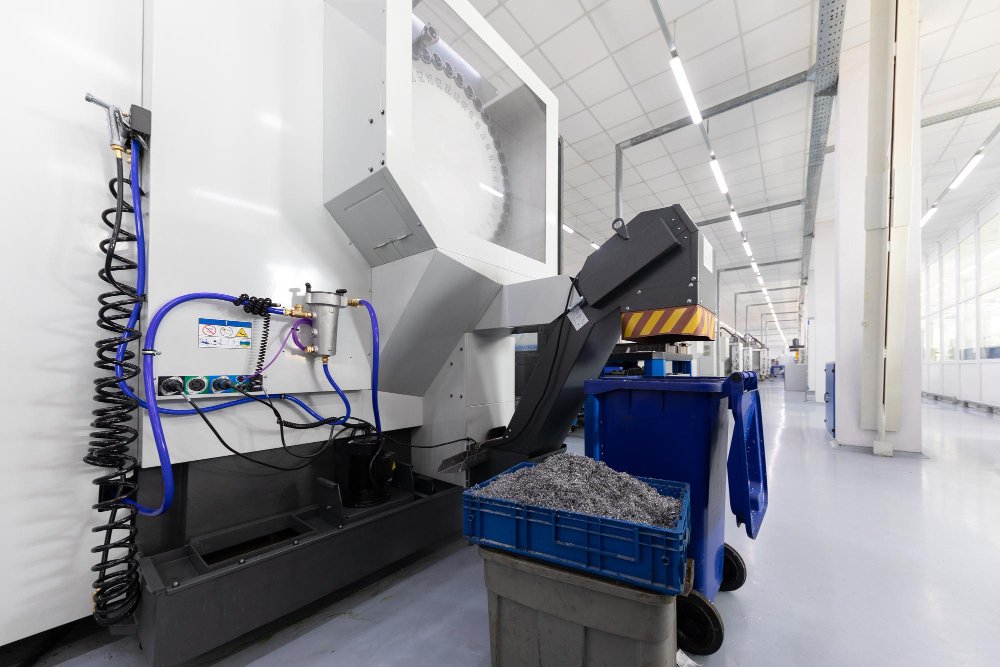Ever stopped for a moment and asked, is my living space as clean as it can possibly be? Or, ever wondered about those tiny dust particles, invisible to the human eye but hovering in your indoor environment, what impact they have on your health? And if these questions aren’t compelling enough, have you ever pondered on the revolutions in home improvement technologies that are silently building our future homes smarter, healthier and cleaner?
Indeed, today we bring you a decisive journey into one such impressive modern innovation – the world of dust extraction systems. Our exploration unveils how this technology creates superior indoor environments by tackling airborne dust particles that not only mar the aesthetics of your home but compromise your well-being. Are you ready to take this step into the future of cleanliness?
In this blog, we dive deep into the various technologies that grace these dust extraction machines. You will walk away with the understanding of the underlying science, the industry players who are innovating and leading, the costs, the benefits, and drawbacks of each. The aim is to provide you with an orchestration of knowledge that empowers your home improvement decisions.
The Science of Dust Extraction: What & Why

Before delving into the technology, let’s kick-start with the basics. What is dust extraction and why does it matter? To put it simply, dust extraction systems are devices designed to purify the air by extracting solid particulate matter – commonly referred to as dust. The WHY – well, beyond the obvious aesthetic concerns, dust particles can have serious health implications, such as allergies, asthma, and other respiratory issues.
Moreover, certain types of industries generate monumental amounts of dust through their processes. Think carpentry, stonework, metallurgy. Not to mention, the minuscule-sized particulates of modern-day home materials like plaster, concrete, and even paints pose significant respiratory threats. So, dust extraction systems are becoming an essential technology, not just for domestic interiors but for workspaces, industries, and commercial enterprises too.
Providing cleaner, healthier air to breathe, they offer notable improvements to quality of life. That alone should make us eager to know more about the tech that powers these fantastic devices.
The Different Dust Extraction Technologies
The world of dust extraction technology is as diverse as it is innovative. At a high level, these systems sin into three clear categories – Filter-based Systems, Cyclonic Systems, and Electrostatic Precipitators.
Each system works differently. Filter-based systems work a lot like your home vacuum cleaner. They meticulously clean the air by trapping dust particles in a filter, typically HEPA or ULPA. Cyclonic Systems, on the other hand, rely on centrifugal force to extract dust from the air. They’re efficient, but also physically larger and bulkier.
Lastly, Electrostatic Precipitators – perhaps the most hi-tech and efficient way to purify air. Utilizing high voltage electricity, they magnetically attract and capture dust particles. Each system has its own set of pros and cons, which we shall uncover in the following sections.
The Pros and Cons of Each Technology
While filter-based systems are well-known for their impeccable cleaning abilities, they often require regular filter replacements, which can be a costly affair. On the contrary, cyclonic systems are relatively low maintenance and can handle larger volumes of air.
Electrostatic precipitators represent a great balance, offering excellent cleaning abilities with minimal to no maintenance. They do come with a hefty upfront price tag. However, this is offset by the long-term savings of not needing to replace filters.
The Key Players in Dust Extraction Technology
When it comes to the manufacturers pioneering these technologies, some names stand out – Dyson, with their cyclonic technology vacuums, are a recognizable household brand. Big names like Bosch and Festool dominate with high-end filter-based systems. IQAir and Alen Corp lead with their sophisticated electrostatic precipitator air purifiers. It is always wise to research your preferable manufacturer, to align their product offerings with your specific needs and budget.
The Costs of Implementing Dust Extraction Technology
The overall costs can drastically vary, depending on the technology and brand chosen. Filter-based systems start reasonably but considering the filter replacement costs, can turn out to be expensive in the long run. Cyclonic systems have higher upfront costs due to their superior volume handling. And Electrostatic Precipitators can be viewed as an investment, with a high initial cost but low maintenance, they’re cost-effective in the long run.
Embracing The Invisible Cleanliness: A Conclusion

As the narrative of our living spaces evolves, technology propels us into an era where cleanliness is not just visible, but invisible too. Dust extraction systems stand testament to this evolution, radically transforming our interiors into safer, healthier abodes of well-being.
While the specifics of technologies, brands, and costs might seem overwhelming, remember that knowledge is power. A comprehensive understanding of dust extraction technologies empowers your decisions, ensuring that you invest in a solution that not only suits your needs, and budget but fortifies your homes or workplaces into hygienic havens.
May our embarkation into this innovative world of dust extraction elucidate your perspective on indoor cleanliness. Let’s celebrate and embrace the invisible cleanliness, the quiet revolution of breathable purity that enhances the quality of our lives, one dust particle at a time.


